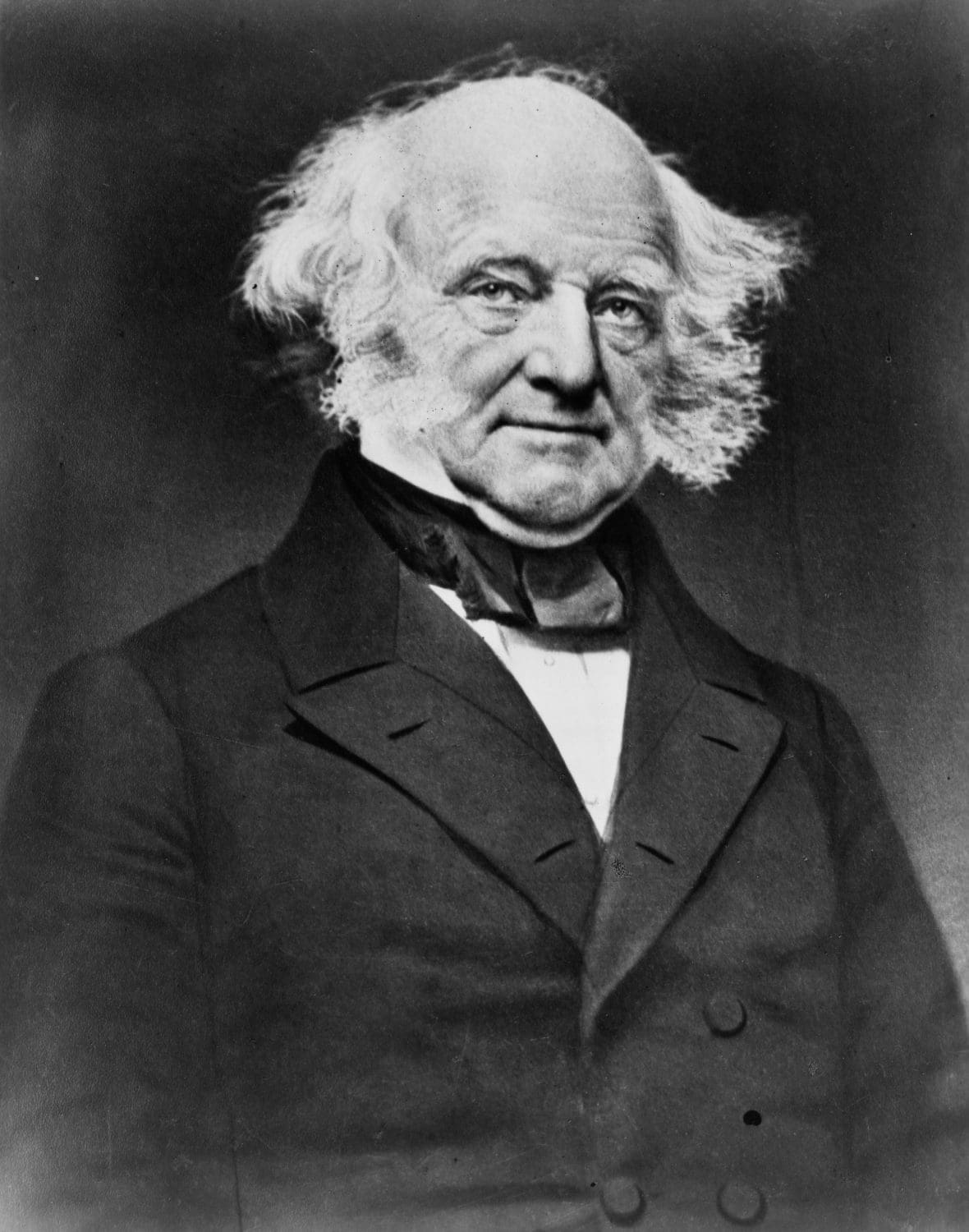
by Paula Johnson
Not all U.S. Presidents became as beloved as George Washington or Abraham Lincoln. Not all presidents served during a time of great emotion as Franklin D. Roosevelt or John F. Kennedy. Nor did all serve as famous military men as did Andrew Jackson, Ulysses Grant, or Dwight D. Eisenhower.
Some presidents “come in sets” as Brady Carlson, author of Dead Presidents, put it. Some sets are small, like Mount Rushmore or father/son, but enter a presidential site gift shop and there you will find complete sets of presidents on mugs, placemats and playing cards. For some, it is belonging to “the set” that makes them important.
Ask people (not just school kids) to name the presidents. Most remember the first few, those who were also our Founding Fathers (not always in chronological order, though). Then a wide skip to Lincoln, maybe then to Grant and then into the 20th century.
However, it’s in many of the obscure presidents, those we often forget, that we can find some of the most interesting pieces of history. They are “those who fell through the cracks.”

Martin Van Buren is one such U.S. President. If you can remember pictures of presidents, Van Buren is the one with the bald head and bushy sideburns. He also had the nickname of Old Kinderhook (his hometown was Kinderhook, Maine) which is how OK became a more popular word. It was prominently used during his campaign.
Van Buren is not one of the well-known or outstanding presidents, but he did have quite a stellar resume in his climb toward the presidency. Yet, what I found most interesting about Van Buren in Brady’s Dead Presidents was discovered in his graveyard, not in his resume or administration.
First, his gravestone is the only presidential one to be marked in Roman numerals, “VIIIth President of the United States.”
Second, even though I have heard of witness trees, the term was just roaming in my head until Van Buren. Brady sites a sign at Van Buren’s home,
“The National Park Service Olmsted Center for Landscape Preservation and the Rhode Island School of Design Witness Tree Project have joined together to allow students to learn about United States History by creating items out of the hallowed wood of fallen trees.”
I thought that I had missed some important lesson in all my years of studying and reading history. A Witness Tree Project? Whew! It began in 2009, after I had retired from teaching.
This project seems to have begun at Gettysburg. Dale Broholm, a professor from the Rhode Island School of Design, was touring Gettysburg with a friend who was part of the National Park Service. The subject of a project to remove trees from the historic site led to “What becomes of these trees?” The joint effort between the Park Service and the School of Design was launched.
Not all trees removed by the park service are related to presidents, but when they are (as in Gettysburg and a presidential gravesite), the themes of students work include, “idealization, canonization, memorialization, respect for office – how America looks at presidents after they leave office and after they die, and how they’re reflected.”
Once the art from the tree is finished, the project returns to the site for exhibition. An example Brady gave was a tree from Theodore Roosevelt’s home being made into walking sticks (“Speak softly and carry a big stick”). Another example, my brother, John, brought to my mind was a trip through one of our favorite presidential homes, Jackson’s Hermitage in Nashville. In its gift shop, I found pens (ballpoint and ink cartridge) made from Old Hickory’s hickory trees.
I found not only the Witness Tree Project (https://www.witnesstreeproject.org) interesting, but the Rhode Island School of Design is outstanding. It is almost 150 years old and deals not only with art and apparel design but industrial design, architecture, photography and computation, technology and culture, including graduate programs.
Who knew that Dead Presidents would have so much current information to follow? A president’s legacy is not stationary or lost in time. It gives a picture forward.
As Winston Churchill is often quoted, “Those who fail to learn from history are doomed to repeat it.”

Leave a Reply
You must be logged in to post a comment.